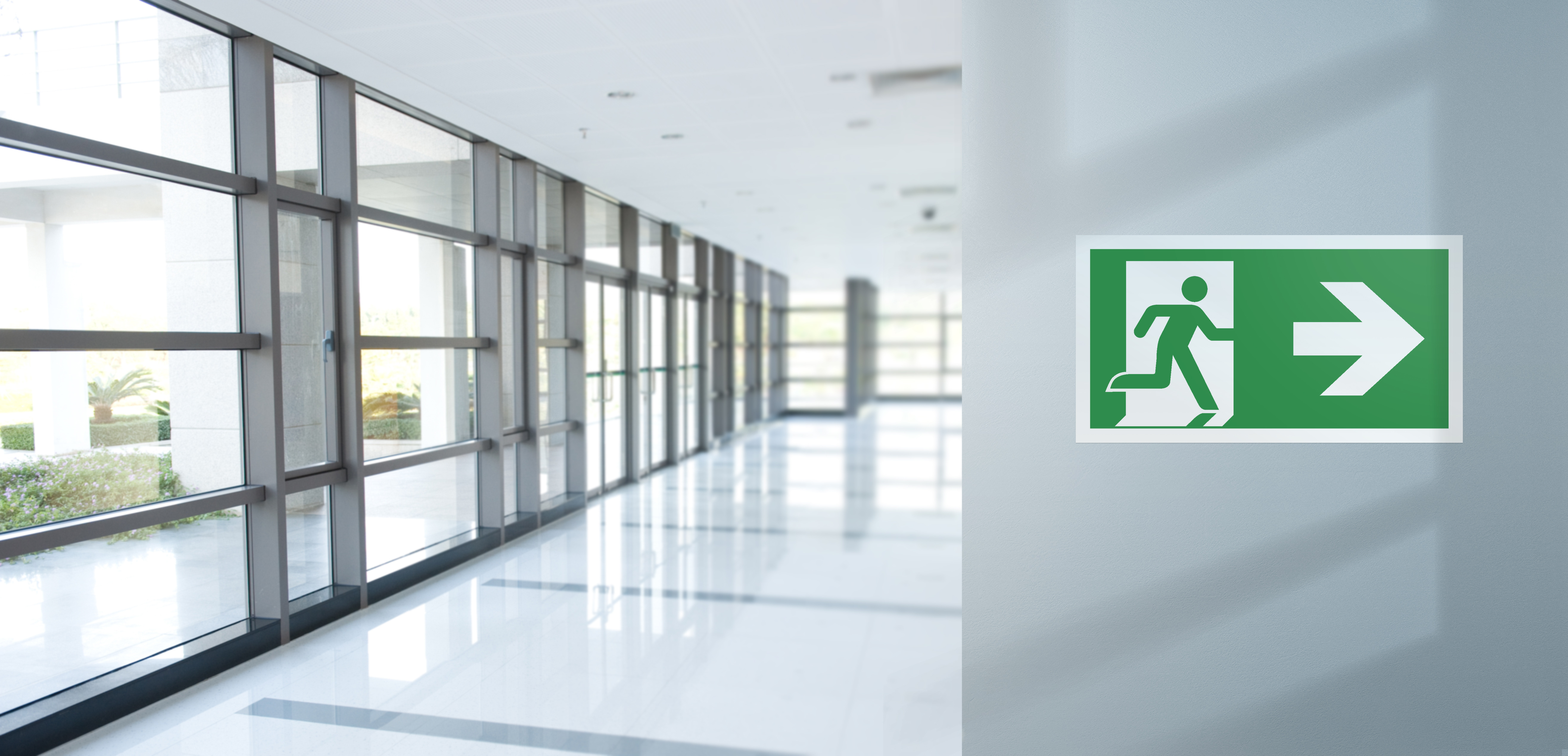Emergency lighting plays a crucial role in safety and preparedness. We will discuss the different types, testing, basics, ratings, liability, and much more.
Emergency lighting refers to lighting that is installed in buildings and other structures to ensure that there is sufficient illumination in the event of a power outage or other emergency situations. This lighting is designed to provide enough light for people to
evacuate the building safely, and to help emergency personnel respond to the situation. The specific requirements for emergency lighting in Canada are set out in the National Building Code of Canada, which is a model building code that is adopted by many provinces and territories. The code sets out requirements for the placement, duration, and intensity of emergency lighting, as well as the power source and maintenance requirements. In brief, it is required that paths of egress are illuminated in emergency mode with a minimum of 10 lux on average, and no less than 1 lux at tread level for a duration of at least 30 minutes.
Emergency lighting must be installed in all exit routes, including stairways, corridors, and passageways. It must also be provided in all rooms and spaces that are designated for emergency use, such as generator rooms, fire pump rooms, fire alarm control rooms, and emergency command centers. It is important to note that generator rooms have their own minimum levels of light and duration, and they are an average of 50 lux for 120 minutes.
In addition, emergency lighting must be connected to an emergency power supply, which is typically a battery or generator system that is designed to provide power in the event of a power outage. The emergency power supply must be capable of providing power for the required duration of the emergency lighting, which varies between 30,60 and 120 minutes depending on the classification of the building.
Regular maintenance and testing of emergency lighting systems is also required in Canada to ensure that they are functioning properly and are ready to use in the event of an emergency. These tests can be found in the National Fire Code of Canada.


.png)
.png)
.png)
